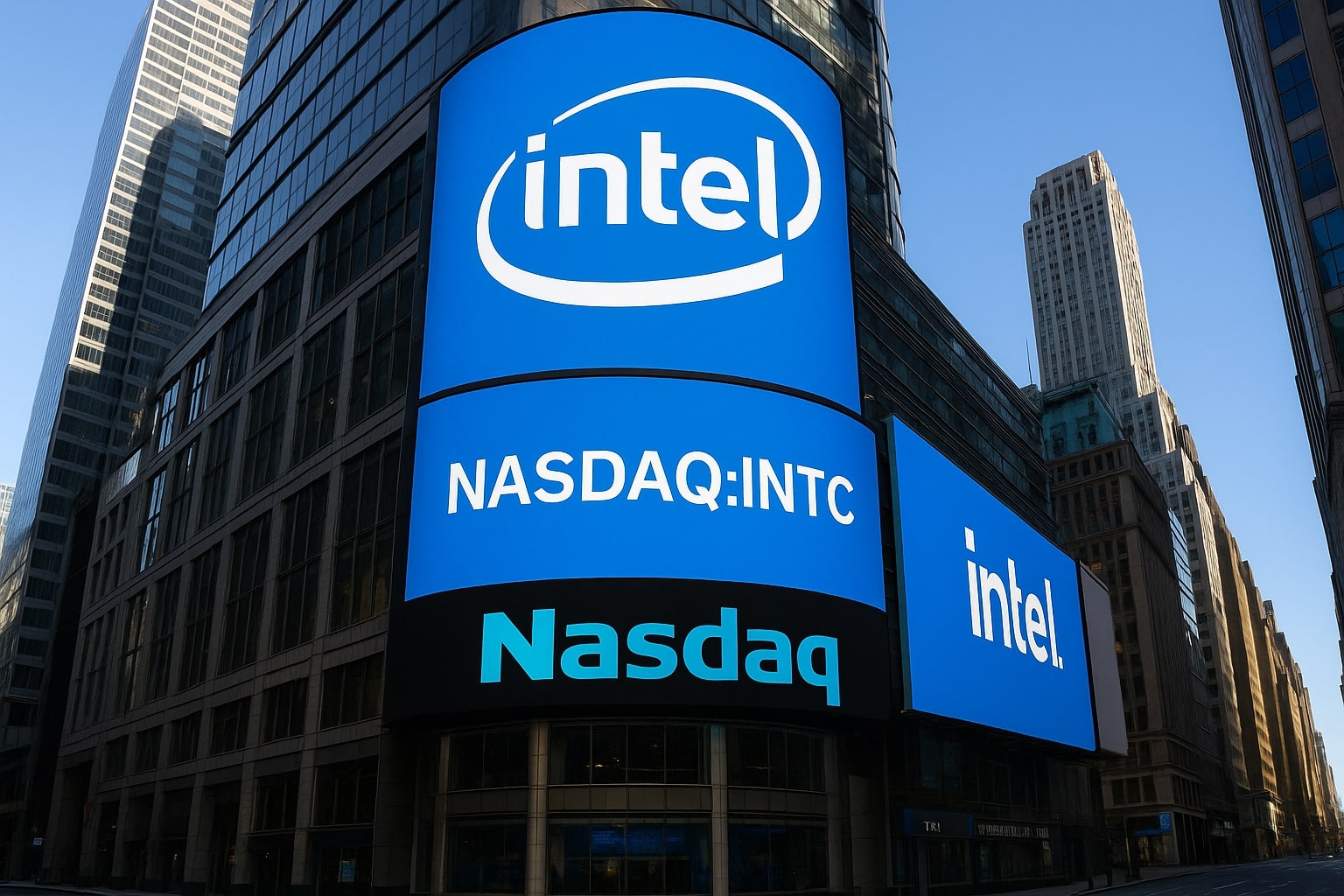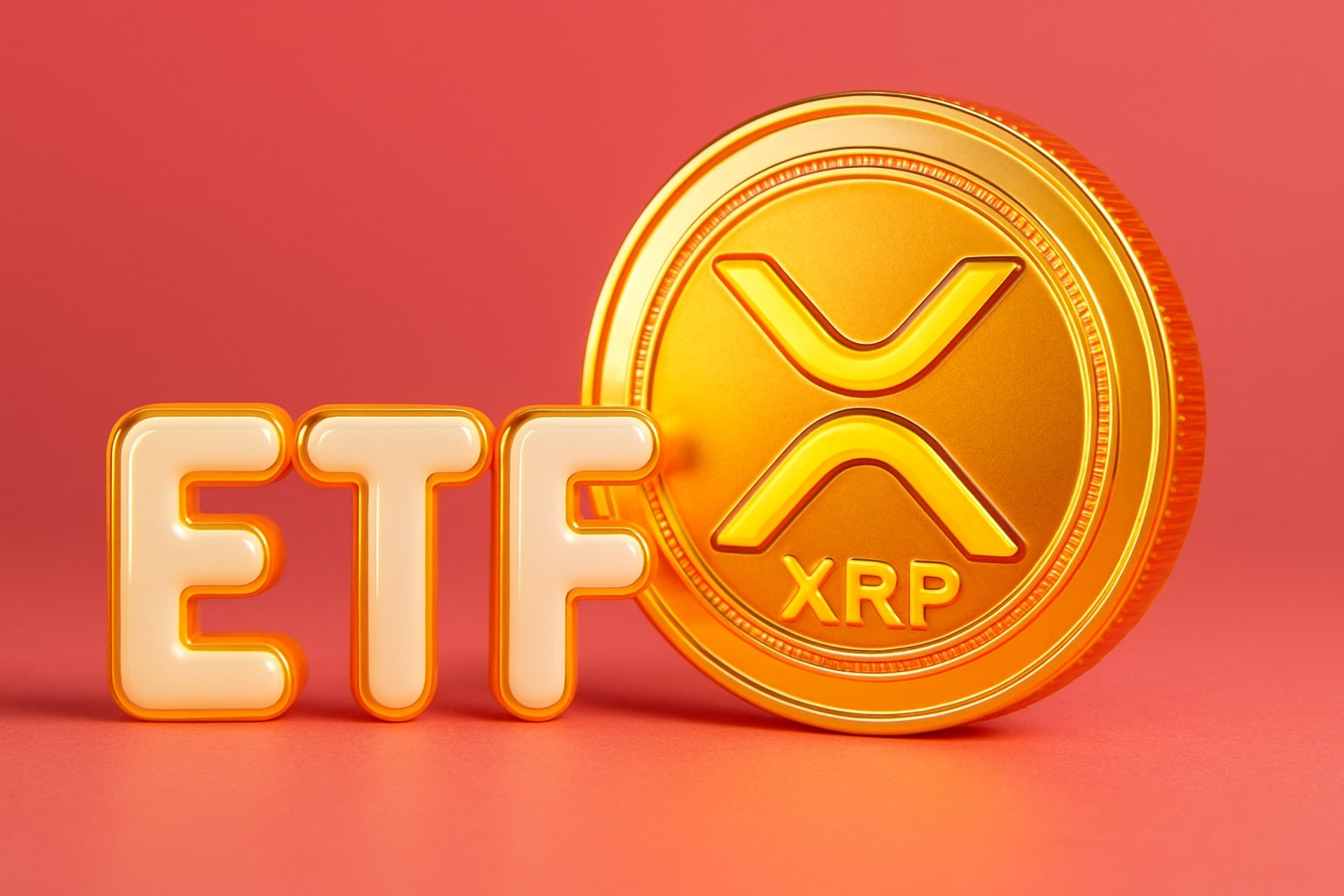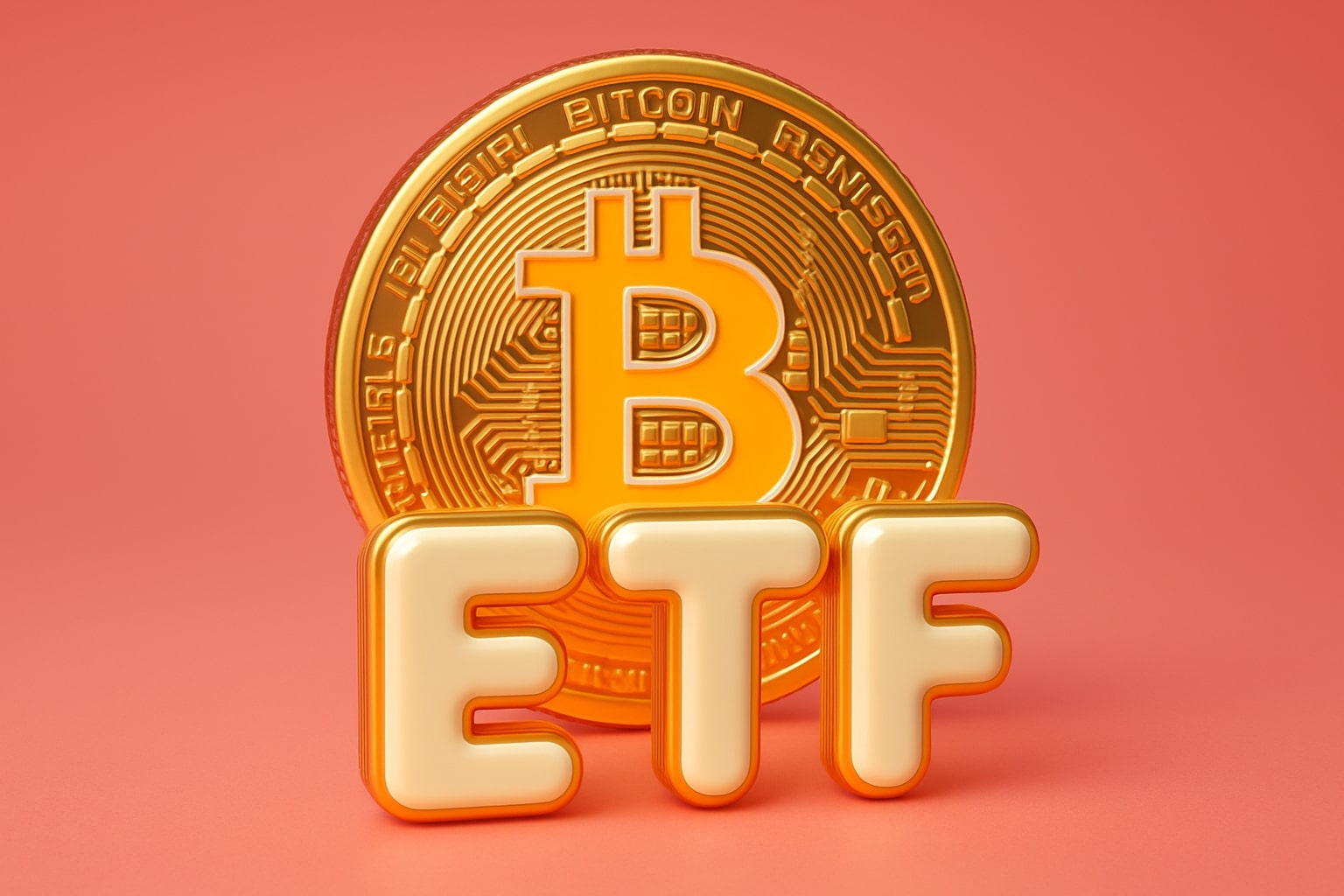NASDAQ:INTC Stock Analysis – Government Backing, Foundry Strategy, and Valuation Upside
The share price of Intel Corporation (NASDAQ:INTC) trades around $23.95 after dipping 1% intraday, leaving the company with a $105 billion market capitalization. Despite a trailing twelve-month net loss of $20.5 billion and EPS of -$4.77, momentum is shifting as both the U.S. government and SoftBank have taken equity stakes, signaling renewed confidence in Intel’s turnaround story. Shares remain well off the 52-week low of $17.67 but below the recent $27.55 high, reflecting investors’ wait-and-see stance on execution of 18A and 14A process nodes.
Financial Performance and Operating Pressures
Revenue over the trailing twelve months was $53.07 billion, nearly flat year over year, while gross profit declined to $17.47 billion, down sharply from $26.9 billion in 2021. Operating income was negative $4.39 billion, with operating margins at -3.8% and net margins collapsing to -38.6%. Intel’s EBITDA fell to $9.2 billion, far below historical levels above $30 billion, showing how heavily capital intensity and restructuring charges weigh on profitability. Despite these losses, Intel generated $10.08 billion in operating cash flow in the period, though levered free cash flow was negative $8.32 billion, reflecting the company’s $50.7 billion in total debt and massive CapEx tied to foundry build-out.
Balance Sheet Strength and Liquidity
Intel maintains $21.2 billion in cash reserves, equivalent to $4.84 per share, supporting near-term liquidity. The current ratio stands at 1.24, with book value per share of $22.36, close to the current stock price. While leverage is elevated at 48% debt-to-equity, government support, including a direct 9.9% equity stake at $20.47 per share, reduces solvency concerns. SoftBank’s $2 billion investment further strengthens the balance sheet, providing capital for node development and U.S. fab expansion.
Government Support as a Strategic Catalyst
The U.S. government’s stake transforms Intel into a national security asset, effectively ensuring its survival. Beyond the $6 billion already allocated through the CHIPS Act, political backing means Washington has a vested interest in the success of Intel’s 18A and 14A nodes. Speculation persists that U.S. authorities could pressure domestic tech giants, including NVIDIA, AMD, and Apple, to allocate a share of orders to Intel, securing external foundry customers critical to long-term viability. With Taiwan’s geopolitical risks, the U.S. aims to build a resilient domestic supply chain where Intel is indispensable.
Foundry Expansion and Process Technology Roadmap
Execution on 18A and 14A is the crux of Intel’s recovery. The Clearwater Forest 288 e-core chip, built on 18A, must launch on time to prove competitiveness. Rumors of yield issues remain, but management insists volume readiness by late 2025 is achievable. New CEO Lip-Bu Tan brings deep design ecosystem experience from Cadence, raising confidence in delivering high-yield process design kits. Intel has stated 14A will only be ramped if major external customers commit, signaling discipline. If execution improves, Intel’s foundry revenues, which already reached $4.4 billion in Q2, could grow into a multi-billion dollar external business by 2026–2027.
Segment Dynamics: Client, Data Center, and AI
The Client Computing Group remains pressured but delivered $7.9 billion in Q2 revenue, down 3% year over year. A rebound is possible with Arrow Lake and Panther Lake CPUs on 18A due in 2026, coinciding with a broader PC refresh cycle. Data Center and AI generated $3.9 billion in Q2 sales, up 4%, and will benefit from Diamond Rapids CPUs and Jaguar Shores accelerators in 2026. With AI infrastructure spending projected to exceed $300 billion annually, Intel does not need to match NVIDIA to drive meaningful growth—capturing even a modest slice of inference workloads would materially improve results.
Valuation and Market Position
At $23.95, Intel trades at a forward P/E of 36.6, a PEG ratio of 0.5, and 1.98x price-to-sales. While trailing multiples are distorted by losses, forward metrics imply investor optimism for a turnaround. By contrast, AMD trades at nearly 9x sales and NVIDIA at far higher multiples, suggesting Intel offers deep relative value if execution stabilizes. Analysts’ average price target is $22.06, with a high of $28, reflecting skepticism. Yet DCF models factoring government support place fair value closer to $28.55, implying 17% upside from current levels.



















